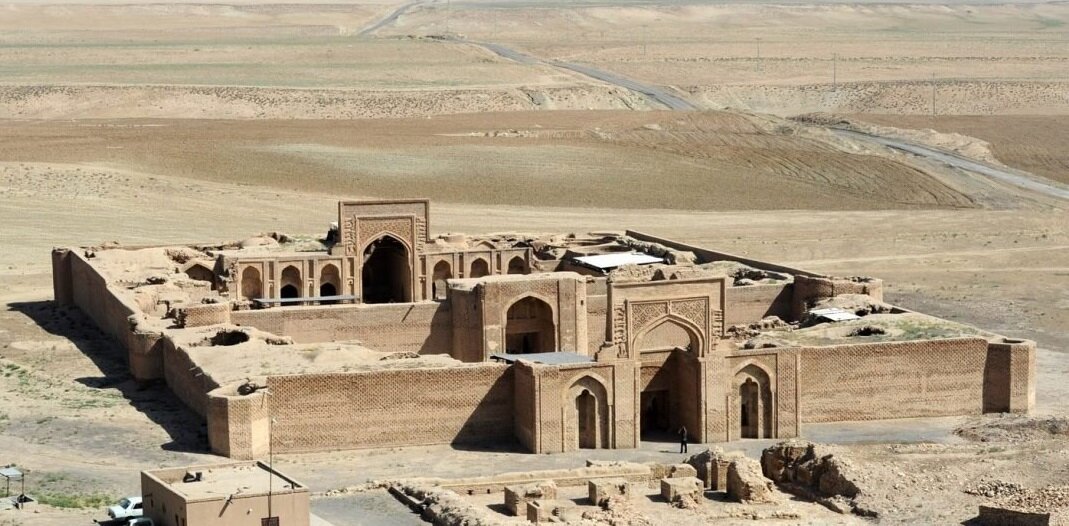Persian Caravanserai: three-day event to honor centuries of hospitality

TEHRAN – A three-day event titled “54 UNESCO-registered Iranian caravanserais” is aimed to underscore those places that provided shelter, food, and water for caravans, pilgrims, and other trekkers for millennia.
Organized by the Ministry of Cultural Heritage, Tourism, and Handicrafts, the event will commence at the Niavaran Cultural and Historical Complex on January 11, IRNA reported.
According to organizers, a book focusing on the registered Iranian caravanserais in UNESCO, presented through photography and painting, will be unveiled in the event.
Additionally, a 45-minute documentary featuring several architectural luminaries, including Master Ali Akbar Nasrabadi, Shahriar Cyrus, Dariush Zahedi, and other scholars, researchers, and globetrotters, will be screened.
Their narratives will delve into the introduction and the significance of Iranian caravanserais, exploring their architectural styles from the Sassanid to Safavid eras.
Following the inauguration ceremony, an exhibition showcasing artworks by architects and intellectuals, focusing on Iranian caravanserais through photographs, paintings, and handicrafts used in these historical sites, will be inaugurated.
Last September, a selection of 54 century-old roadside inns won a UNESCO label under the name: The Persian Caravanserai. The shortlist, however, is only a small percentage of the numerous caravanserais built along the ancient roads of Iran.
Caravanserai or caravansary is a compound word combining “caravan” with “sara”; the former stands for a group of travelers and the latter means the building. They often had massive portals supported by elevated load-bearing walls. Guest rooms were constructed around the courtyard and stables behind them, with doors in the corners of the yard.
For centuries, caravanserais constituted key parts of a rich circuit of travel and trade by providing shelter, food, and water for caravans, pilgrims, and other trekkers. For many travelers, staying in or even visiting a centuries-old caravanserai can be a broad experience; they have an opportunity to feel the past, a time travel back to a forgotten age.
The earliest caravanserais in Iran were built during the Achaemenid era (550 - 330 BC). Centuries later, when Shah Abbas I assumed power from 1588 to 1629, he ordered the construction of a network of caravanserais across the country. Such roadside inns were once constructed along ancient caravan routes in the Muslim world to shelter people, their goods, and animals. The former Silk Road may be the most famous example, dotted with caravanserais.
AFM
Leave a Comment